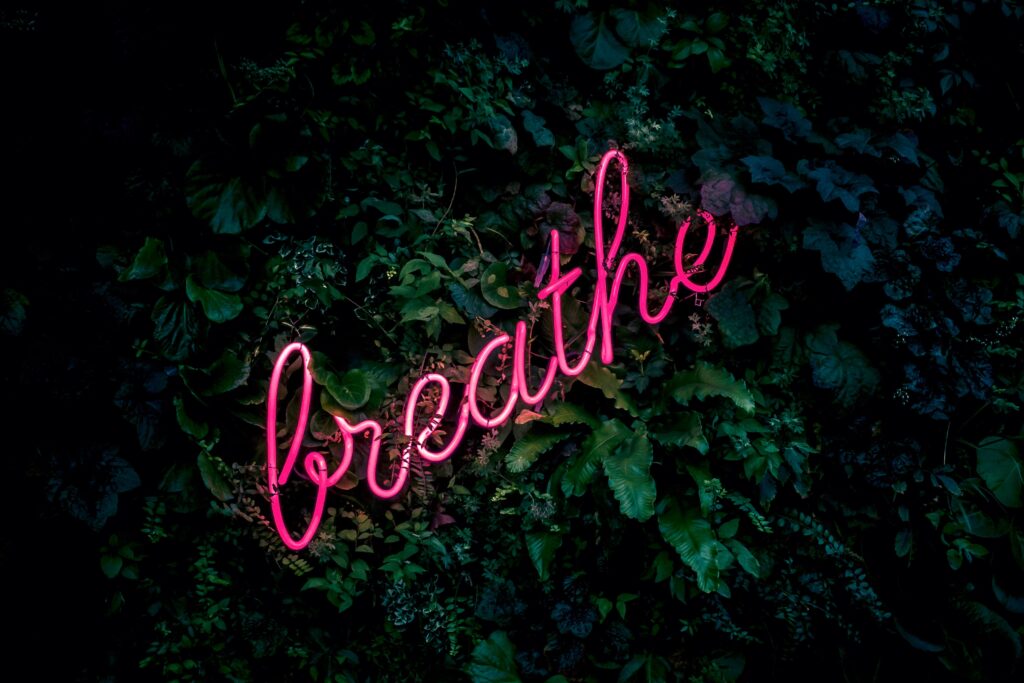Breathing—it’s the most fundamental and involuntary act that sustains life. Yet, under the stress of modern existence, many of us have developed shallow, inefficient breathing patterns that can hinder our overall well-being. By rediscovering the art of conscious breathing, we can unlock a multitude of benefits for both body and mind.
The Significance of Proper Breathing
Most of us tend to breathe shallowly, utilizing only the upper portion of our lungs. This limited oxygen exchange can leave us feeling fatigued, lethargic, and even anxious. In contrast, deep breathing engages the diaphragm, a powerful muscle that separates the chest and abdomen. This type of breathing draws air deep into the lungs, ensuring optimal oxygenation and promoting overall vitality.
The transformative effects of proper breathing extend far beyond increased energy levels. Studies have shown that conscious breathing can:
Reduce stress and anxiety: Deep breathing activates the parasympathetic nervous system, responsible for relaxation and rest, counteracting the stress response.
Enhance sleep quality: By calming the nervous system and reducing anxiety, deep breathing prepares the body and mind for restful sleep.
Strengthen the immune system: Proper breathing oxygenates the blood and supports overall immune function.
Lower blood pressure: Deep breathing has been shown to have a positive impact on cardiovascular health, potentially lowering blood pressure and reducing the risk of heart disease.
Breathing Exercises for a Revitalized You
Here are a few simple yet effective breathing exercises that you can easily incorporate into your daily routine:
Diaphragmatic Breathing (Dirga Pranayama): Lie down or sit comfortably, placing one hand on your chest and the other on your abdomen. Inhale slowly through your nose, allowing your belly to rise while keeping your chest relatively still. Exhale slowly through your mouth, feeling your belly fall. Repeat for 5-10 minutes.
Pursed-Lip Breathing: Inhale slowly through your nose for a count of four. Purse your lips as if you’re about to whistle and exhale slowly for a count of six. This technique helps to slow down your breathing and improve lung function.
4-7-8 Breathing: Inhale quietly through your nose for a count of four. Hold your breath for a count of seven. Exhale completely through your mouth, making a whooshing sound, for a count of eight. Repeat this cycle several times.
Simple Deep Breathing: Lie down or sit comfortably. Inhale slowly through your nose, feeling your abdomen rise. Exhale slowly through your mouth, engaging your abdominal muscles. Practice for 5-10 minutes at a time.
Pigeon Breath: Stand or kneel with feet hip-width apart. Interlock your fingers under your chin, elbows out. Inhale as you gently lift your chin and elbows. Hold while focusing on your sternum. Exhale and return to the starting position. Repeat several times.
Windmill Breath: Stand tall with feet hip-width apart. Inhale as you raise your right arm, twisting your torso to the right. Exhale as you lower your right arm and raise your left arm, twisting to the left. Continue alternating sides for a few minutes.
These are just a few examples of the many pranayama techniques available. Explore different practices and find what resonates with you. Remember, consistency is key. By incorporating these exercises into your daily routine, you’ll soon experience the transformative power of conscious breathing and unlock a healthier, more vibrant you.

